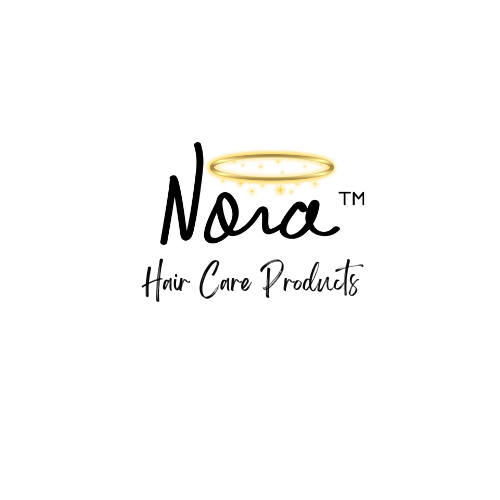Hair porosity refers to your hair’s ability to absorb or retain moisture in the cuticle. Although your strands appear like a single, long, smooth strip, it is actually composed of many stacked layers known as cuticles.
The cuticles can be best described as a protective layer because they determine how easily moisture and oils pass in and out of your hair. They open up when things like heat hit them and close when smooth product is applied to the hair or when you pour cold water on your hair.
In essence, the cuticles determine hair porosity and your hair porosity determines the kind of products you should apply to your hair to keep your hair well-moisturized, supple, strong and shiny.
Types of hair porosity
Basically, there are three types of hair porosity.
- High porosity
If you have a high porosity hair, it means that the cuticles are raised, allowing them to absorb moisture easily but cannot retain it. As a result, the hair is frizzy and prone to breakage and split ends. If your hair is highly porous, its best it’s best to invest in a leave-in conditioner to help lock in moisture.
Additionally, you will need to minimize thermal styling, manipulation, coloring and relaxing as well as the use of harsh products on your hair to help the cuticles get back into shape. You may also want to consider the use of anti-humectants in climates with high heat and humidity to help seal the cuticles and prevent the absorption of excess moisture in the air.
- Medium porosity
Also known as normal porosity, you have hit the jackpot if you have this type of hair porosity because it keeps water out, let moisture in and can hold it for longer. It is characterized by loose cuticles that allow for the absorption and retention of the right amount of liquid.
Although this type of hair porosity requires little maintenance, it’s still a good idea to develop a hair routine to ensure that it is not compromised. Try to reduce chemical processes or heat styling. Occasional deep conditioning treatments with protein conditioners are a great idea too.
- Low porosity
If a person has a low porosity hair, it means that their hair is unable to absorb moisture because the cuticles are firmly closed and clamped down. As a result, it takes longer for it to dry, which may lead to buildup of products as well as low hydration.
If your hair isn’t very porous, you may want to avoid oils like coconut and castor oil as well as products that are designed to seal the cuticle. Humectant products that attract and hold moisture can also be very helpful.
Conclusion
Knowing your hair porosity can help you know the right hair routine that’s best for you. It will also help you save time and money that you otherwise would have spent trying different products. Now that you know your hair porosity, you can now personalize your hair care routine for healthier, smoother and also better color results.
For more tips make sure you follow us on IG @thekenyattanicole and subscribe to our Healthy Hair Tribe via Instagram page or website www.theknstore.com

